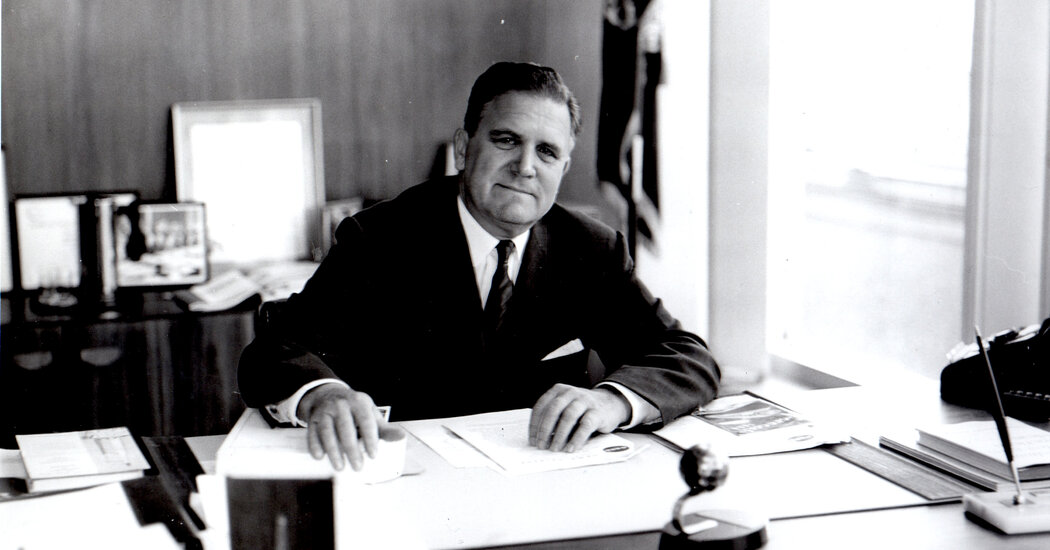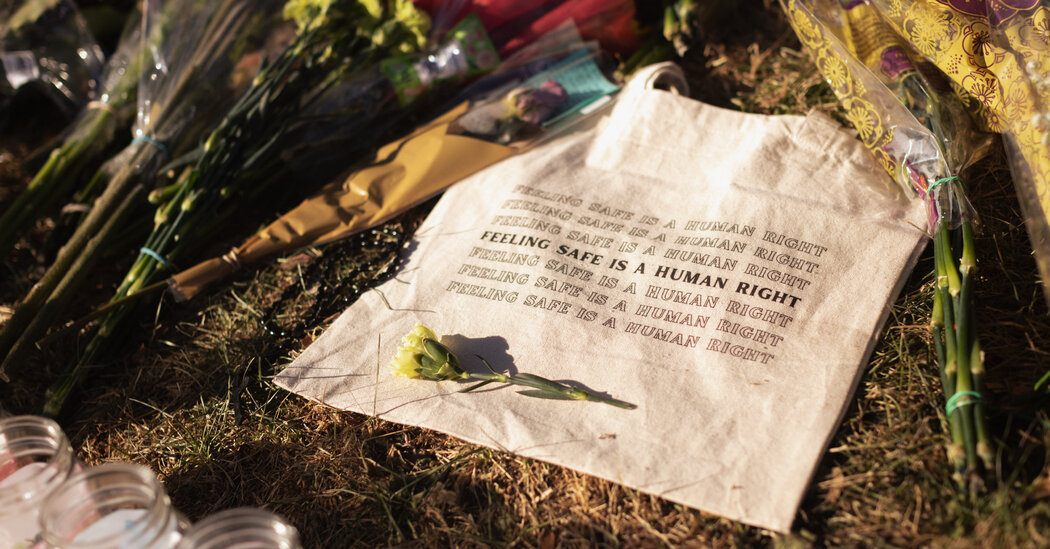
This dispute has, in a thoroughly contemporary fashion, grown harshly personal. While not always naming him, opponents in tweets and texts have assailed Dr. Oluseyi, bringing up unsubstantiated accusations of misconduct from his time as a professor at Florida Institute of Technology.
Dr. Oluseyi, 55, rose from abject poverty to obtain a Ph.D. in physics from Stanford, the first in his family to graduate from high school. Many students at Florida Tech described him as an inspiring teacher, with a booming voice and an outsize personality.
But the last few years have offered a rough ride. He emphatically denied that he behaved badly as a professor and repeatedly urged a reporter to ask any question about his past.
“The revolutionaries,” Dr. Oluseyi said in an interview, “have become the prosecutors.”
The Past Is Not the Past
Mr. Webb, who died in 1992, cut a complicated figure. He worked with Presidents John F. Kennedy and Lyndon B. Johnson to integrate NASA, bringing in Black engineers and scientists. In 1964, after George Wallace, the white segregationist governor of Alabama, tried to block such recruitment, Mr. Webb threatened to pull top scientists and executives out of NASA’s Marshall Space Flight Center in Huntsville.
Fifteen years earlier, however, Mr. Webb encountered different pressures as an under secretary at the State Department during the Truman administration. The political right, led by Senator Joseph McCarthy, sought to dismantle the legacy of President Franklin D. Roosevelt. In attacking the State Department, they tried to ferret out employees they claimed were Communists and what they called “perverts” — gay Americans, in what became known as the lavender scare.
“The lavender scare, like the red scare itself, was an attack on the New Deal,” noted David K. Johnson, a history professor at the University of South Florida and author of “The Lavender Scare: The Cold War Persecution of Gays and Lesbians in the Federal Government.”
“Then,” he added, “it turned into a moral panic.”
These were bleak times. In two decades, between 5,000 and 10,000 gay employees were pushed out of government, careers and lives wrecked.








